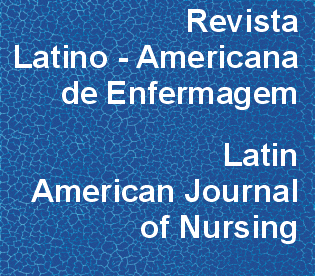Control de la malaria en un municipio amazónico
DOI:
https://doi.org/10.1590/S0104-11692011000600004Palabras clave:
Malaria, Salud Indígena, Programas de Salud NacionalesResumen
Este estudio objetiva evaluar la organización de las acciones de control de la malaria en indígenas del municipio de Sao Gabriel de la Cachoeira, en el estado Amazonas (MA), en Brasil, en el período de 2.003 a 2.007. Se trata de un estudio ecológico, de evaluación del impacto de medidas de control. El análisis estadístico de los indicadores reveló el número de casos mostrando una tendencia creciente, los mayores números ocurrieron en el área rural. La misma tendencia fue observada para la Incidencia Parasitaria Anual (IPA), entre tanto las mayores IPA se verificaron en el área urbana. La proporción de casos por Plasmodium falciparum mostró una reducción. Las tasas de internación y mortalidad presentaron oscilaciones y la tasa de letalidad una disminución. Los resultados indican que las acciones de control se mostraron parcialmente efectivas, así como proporcionaron una capacidad de detección más amplia de casos y tratamiento inmediato. A pesar de que el municipio todavía presenta alto riesgo para transmisión, el Plan Plurianual en andamiento parece tener buen pronóstico en el control de la enfermedad, manteniéndose de forma sustentable y permanente.Descargas
Los datos de descarga aún no están disponibles.
Descargas
Publicado
2011-12-01
Número
Sección
Artículos Originales
Licencia
Los derechos de autor son propiedad exclusiva de la Revista Latino-Americana de Enfermagem (RLAE), transferidos a través de la Declaración de Transferencia de Derechos de autor (que está en el formulario individual de declaración) firmada por los autores. Para el uso de artículos, RLAE adopta la Licencia Creative Commons CC BY-NC atribución no comercial (abstracto o código completo de licencia). Con esta licencia es permitido acceder, descargar (download), copiar, imprimir, compartir, reutilizar y distribuir los artículos, desde que para uso no comercial y con citación de la fuente, dando los créditos de autor a la Revista Latino-Americana de Enfermagem. En tales casos, no se necesita permiso de los autores o editores.Cómo citar
Rodrigues, E. da C., & Lopes Neto, D. (2011). Control de la malaria en un municipio amazónico . Revista Latino-Americana De Enfermagem, 19(6), 1297-1305. https://doi.org/10.1590/S0104-11692011000600004



